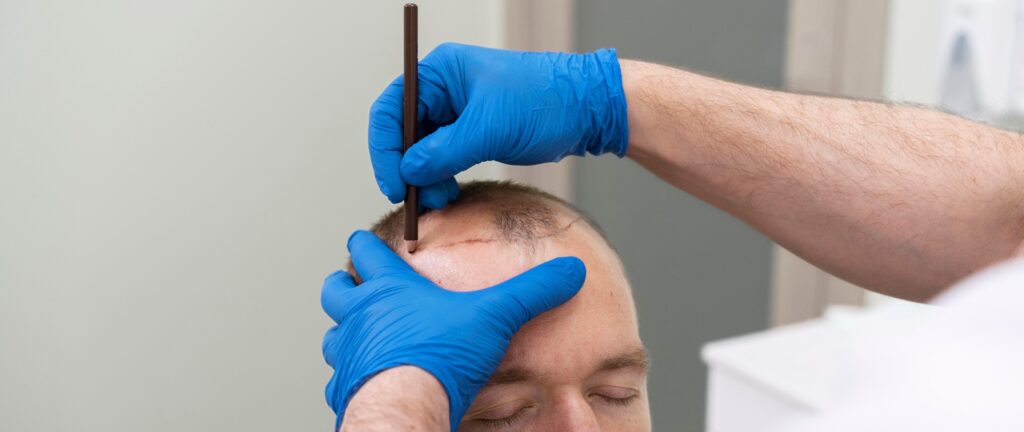Hair loss is a common concern for many individuals, affecting both men and women alike. Whether it’s a gradual thinning of the hair or more pronounced balding patches, experiencing hair loss can be distressing and impact self-confidence. Understanding the signs, causes, and when to consider a hair transplant can help individuals navigate this journey with clarity and confidence.
Signs of Hair Loss
Recognizing the signs of hair loss is the first step in addressing the issue effectively. While it’s normal to shed some hair daily, excessive hair loss or noticeable thinning may indicate a more significant problem. Some common signs of hair loss include:
- Increased Shedding: Finding more hair on your pillow, in the shower drain, or on your hairbrush than usual.
- Thinning Hair: Noticeable thinning of the hair, especially around the crown or temples.
- Receding Hairline: A receding hairline, particularly in men, where the hairline starts to move further back from the forehead.
- Bald Patches: Developing bald patches or areas of noticeably reduced hair density.
It’s essential to pay attention to these signs and consult with a medical professional if you have concerns about hair loss.
Causes of Hair Loss
Hair loss can be attributed to various factors, including genetics, hormonal changes, medical conditions, and lifestyle choices. Some common causes of hair loss include:
- Genetics (Androgenetic Alopecia): The most common cause of hair loss, also known as male-pattern or female-pattern baldness, is hereditary and can affect both men and women.
- Hormonal Changes: Hormonal fluctuations due to pregnancy, childbirth, menopause, or thyroid imbalances can contribute to hair loss.
- Medical Conditions: Certain medical conditions such as alopecia areata, scalp infections, and autoimmune disorders can cause hair loss.
- Medications: Some medications, including chemotherapy drugs, blood thinners, and antidepressants, may cause hair loss as a side effect.
- Stress: Physical or emotional stress can lead to temporary hair loss known as telogen effluvium, where hair prematurely enters the shedding phase.
- Nutritional Deficiencies: Inadequate intake of essential nutrients such as iron, protein, and vitamins can impact hair health and lead to hair loss.
Identifying the underlying cause of hair loss is crucial in determining the most appropriate treatment approach.
When to Consider a Hair Transplant
While there are various treatments available for hair loss, including topical medications, oral medications, and low-level laser therapy, a hair transplant may be considered when other options have been ineffective. Here are some factors to consider when contemplating a hair transplant:
- Extent of Hair Loss: Individuals with significant hair loss or balding areas that cannot be effectively covered with styling techniques may benefit from a hair transplant.
- Stability of Hair Loss: Hair transplantation is most effective when hair loss has stabilized. If hair loss is still progressing, additional treatments may be necessary to address ongoing hair loss.
- Desire for Permanent Results: Unlike temporary solutions such as wigs or hairpieces, a hair transplant offers a permanent solution to hair loss by transplanting healthy hair follicles from donor areas to thinning or balding areas.
- Good Candidate Criteria: Ideal candidates for hair transplantation are generally in good overall health, have sufficient donor hair, and have realistic expectations about the results.
- Consultation with a Hair Transplant Specialist: A consultation with a qualified hair transplant specialist is essential to assess individual needs, discuss treatment options, and determine candidacy for the procedure.
Ultimately, the decision to undergo a hair transplant is a personal one that should be made after careful consideration and consultation with a medical professional.
In conclusion, navigating hair loss involves understanding the signs, identifying potential causes, and exploring treatment options tailored to individual needs. While hair loss can be a challenging experience, advancements in hair restoration techniques, including hair transplants, offer hope for those seeking a permanent solution to hair loss. By staying informed and seeking professional guidance when needed, individuals can take proactive steps towards restoring their confidence and reclaiming a fuller, healthier head of hair.



